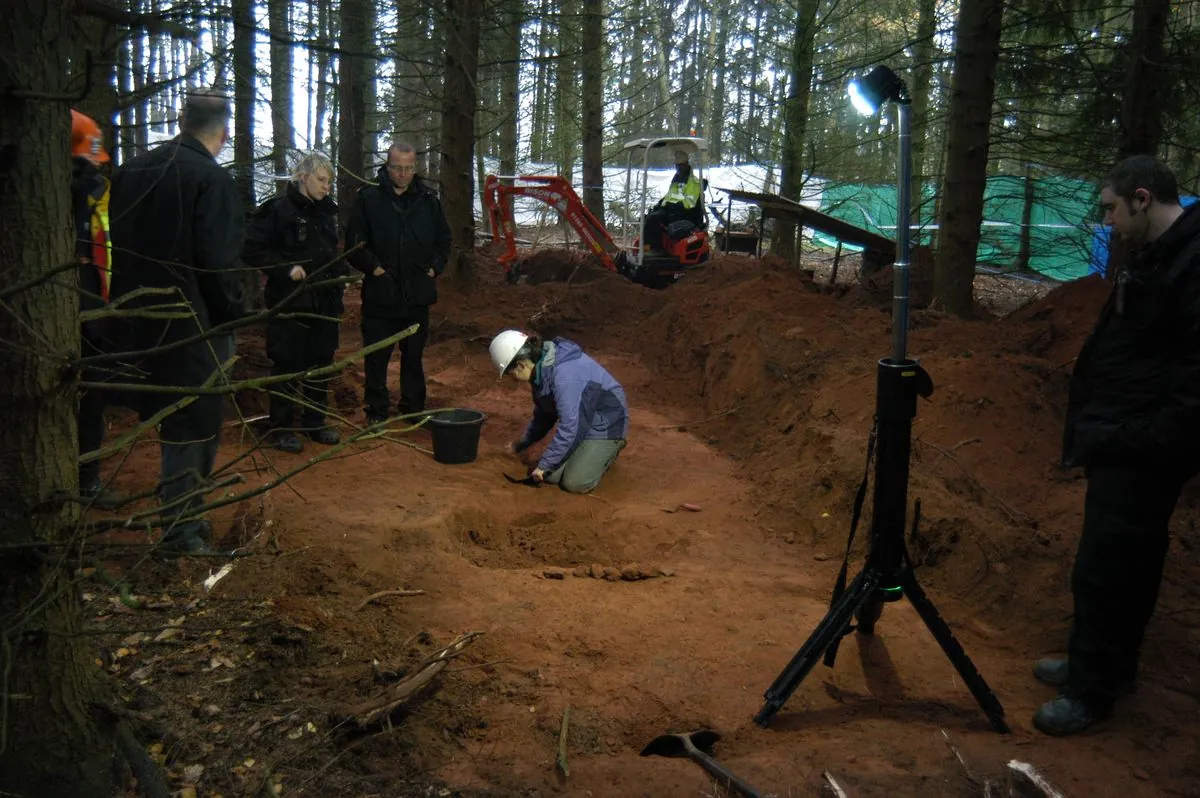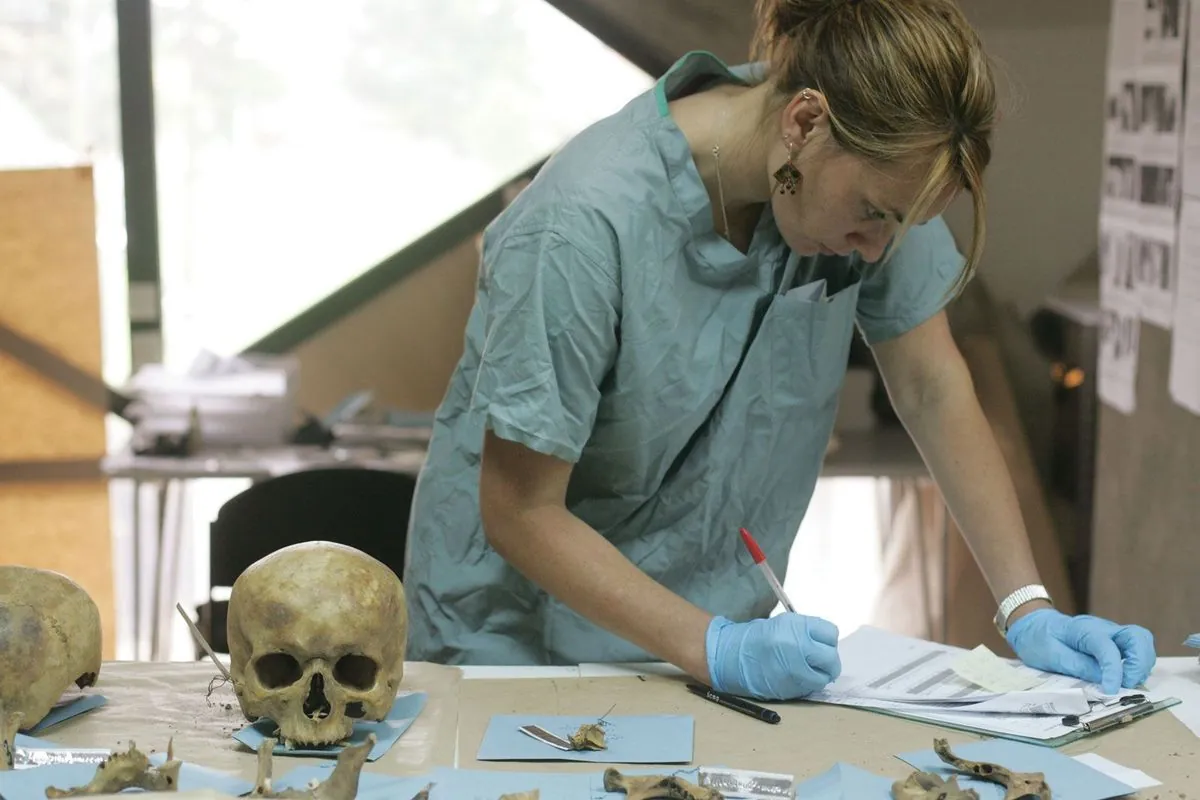Philadelphia Exhumes Eight Unidentified Bodies in Cold Case Breakthrough Attempt
Philadelphia investigators are exhuming eight unidentified bodies from a potter's field, hoping to solve decades-old cold cases using advanced DNA techniques. The project aims to provide closure to families and uncover the victims' identities and causes of death.

In a significant effort to resolve long-standing cold cases, Philadelphia authorities have initiated the exhumation of eight unidentified bodies from a potter's field. This endeavor, leveraging cutting-edge DNA technology, aims to uncover the identities of these individuals and potentially determine the circumstances of their deaths.
The exhumation project focuses on victims discovered between 1962 and 1984, including a young girl aged 4 to 6 found in 1962, an infant boy discovered in 1983, and six adults located between 1972 and 1984. These individuals were interred in a northeast Philadelphia potter's field, a burial ground typically used for unknown or indigent persons, until the late 1980s.
Ryan Gallagher, assistant director of the Philadelphia Police Department's forensics unit, emphasized the importance of this work: "Identifying these individuals provides closure to families, allowing them to finally know the fate of their loved ones."
This initiative follows the recent success in solving Philadelphia's most famous unidentified victim case. In late 2022, after decades of investigation, "America's Unknown Child," also known as "The Boy in the Box," was identified as 4-year-old Joseph Augustus Zarelli. His case, dating back to 1957, demonstrates the potential of persistent investigation combined with scientific advancements.

The identification of Joseph Augustus Zarelli and other cold cases across the United States has been made possible by significant progress in genetic genealogy. This field, which combines DNA analysis with traditional genealogical methods, has revolutionized forensic investigations. A notable example is the 2018 resolution of the Golden State Killer case, which utilized these advanced techniques.
The current project involves collaboration between detectives, genetic genealogists, the city Medical Examiner's Office, and the FBI. This multidisciplinary approach reflects the complex nature of cold case investigations, which often require a combination of scientific expertise and traditional police work.
Homicide Lt. Thomas Walsh, speaking from the exhumation site, highlighted the emotional impact of solving these cases: "It's incredibly rewarding to inform families about their long-missing loved ones, even if the circumstances are tragic. The relief of finally knowing brings a form of closure."
The process of identifying these remains is expected to be lengthy and challenging. Investigators will employ various forensic techniques, potentially including mitochondrial DNA analysis, isotope analysis of teeth and bones, and facial reconstruction. These methods, developed and refined over decades, have significantly enhanced the capabilities of forensic scientists.
"There's always that eureka moment. Not everything's cellular devices and video cameras. Sometimes it takes good old-fashioned police work to bring a case in."
This project is part of a broader trend in forensic science, where technological advancements are being applied to historical cases. The establishment of databases like CODIS (Combined DNA Index System) in 1998 and NamUs (National Missing and Unidentified Persons System) in 2007 has greatly facilitated the resolution of cold cases.
As the investigation progresses, the team remains hopeful that they can provide answers and closure to families who have waited decades for information about their missing loved ones. This work not only serves to solve individual cases but also contributes to the ongoing development of forensic science techniques that can be applied to future investigations.


































